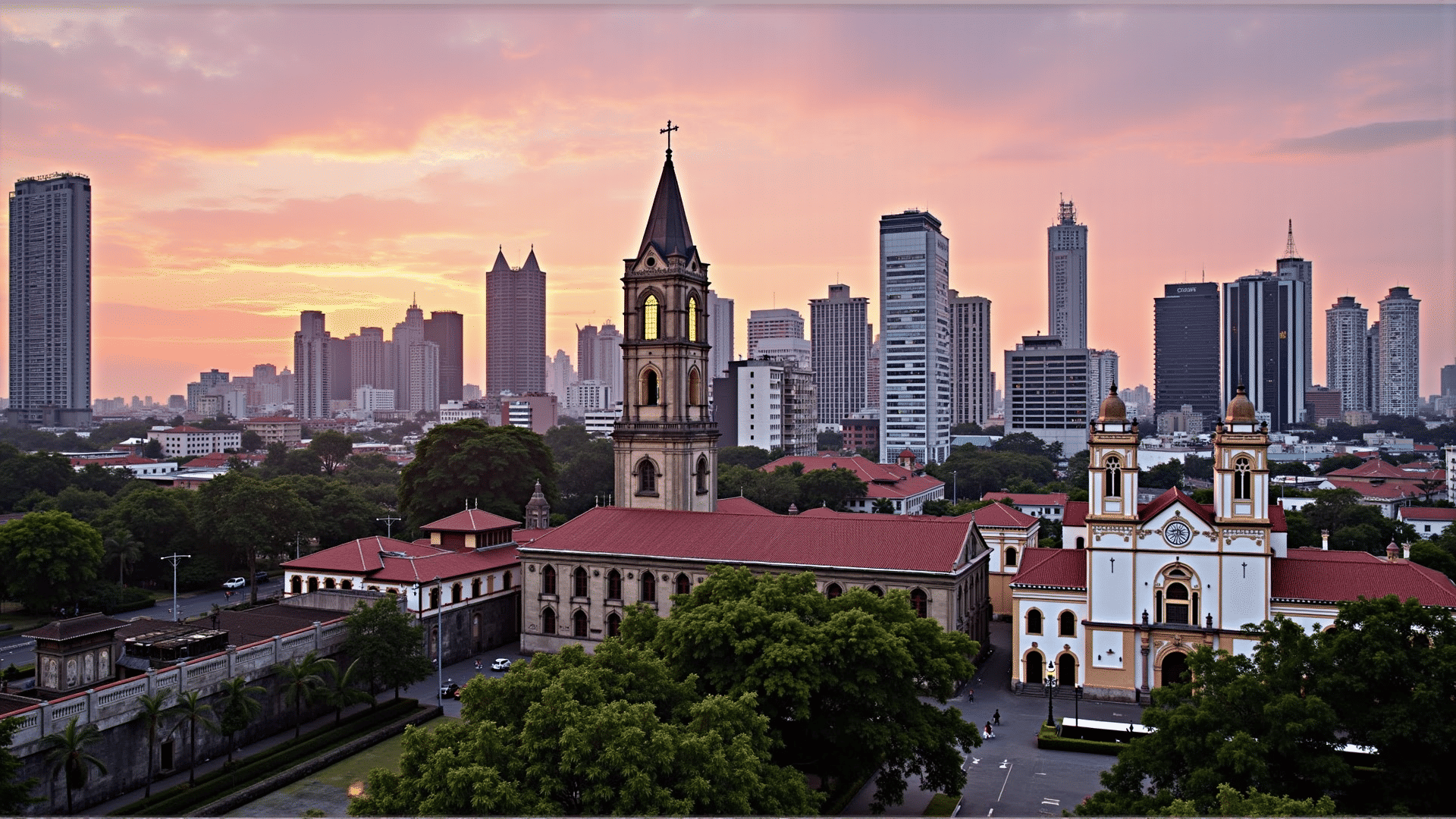Manila, the bustling capital of the Philippines, is a city where history weaves seamlessly with modernity. Exploring its streets, one is instantly captivated by an array of historic structures that serve as tangible reminders of the city's storied past. These architectural marvels stand as testaments to the resilience and creativity that mark Manila's journey through time.
One cannot discuss Manila's historic architecture without mentioning San Agustin Church. Located in the heart of Intramuros, this church is a stunning example of Baroque design fused with local influences. Constructed in the late 16th century, it is the oldest stone church in the country and is recognized by UNESCO as a World Heritage Site. Its intricate interiors and majestic façade attract visitors from around the world, offering a glimpse into the spiritual and cultural life of a bygone era.
Within the same district lies Fort Santiago, another iconic landmark that boasts a rich narrative. Originally constructed by Spanish conquistadors, this citadel has withstood various challenges, from natural disasters to conflicts. Today, it serves as a park and museum, allowing guests to wander through its storied grounds and discover the role it played in shaping the city's history. The fort's storied walls whisper tales of bravery and resilience, inviting contemplation and admiration from those who visit.
As one ventures further into Manila, the Manila Post Office building captures the essence of neoclassical grandeur. Completed in 1926, this imposing structure stands proudly along the Pasig River, its stately columns and symmetrical design reflecting the architectural tastes of its time. While it functions to support communication services, it also holds a special place in the hearts of those who appreciate its aesthetic contributions to the urban landscape.
Another significant site is the Cultural Center of the Philippines (CCP). Unlike its older counterparts, the CCP is a mid-20th-century architectural wonder that brought modern Filipino art and culture to the global stage. Its design brilliantly merges traditional motifs with contemporary styles, offering a venue for performing arts that is both groundbreaking and deeply rooted in local heritage.
These treasures represent just a fraction of Manila's architectural riches. Each structure tells a unique story of cultural fusion, adaptation, and artistic expression. As the city continues to grow and evolve, these historic sites remain steadfast symbols of its rich legacy. They are not only architectural masterpieces but also bridges between the past and the present, inviting reflection on the vibrant history that has shaped Manila into the city it is today.
